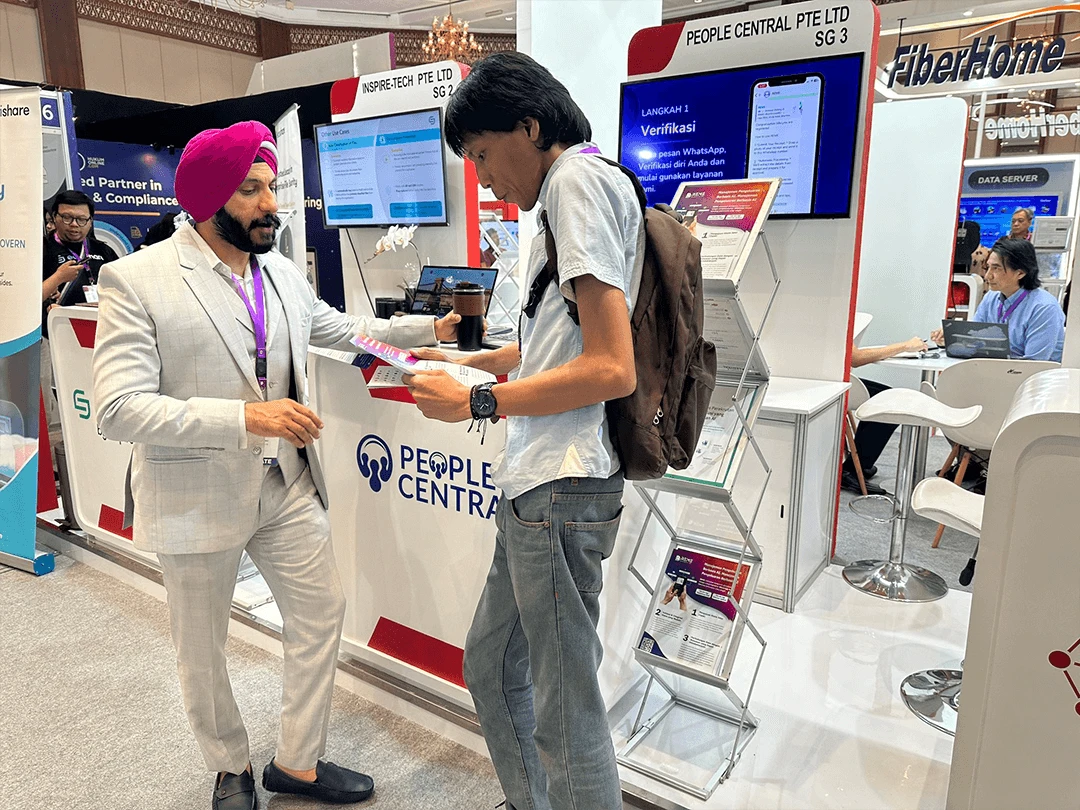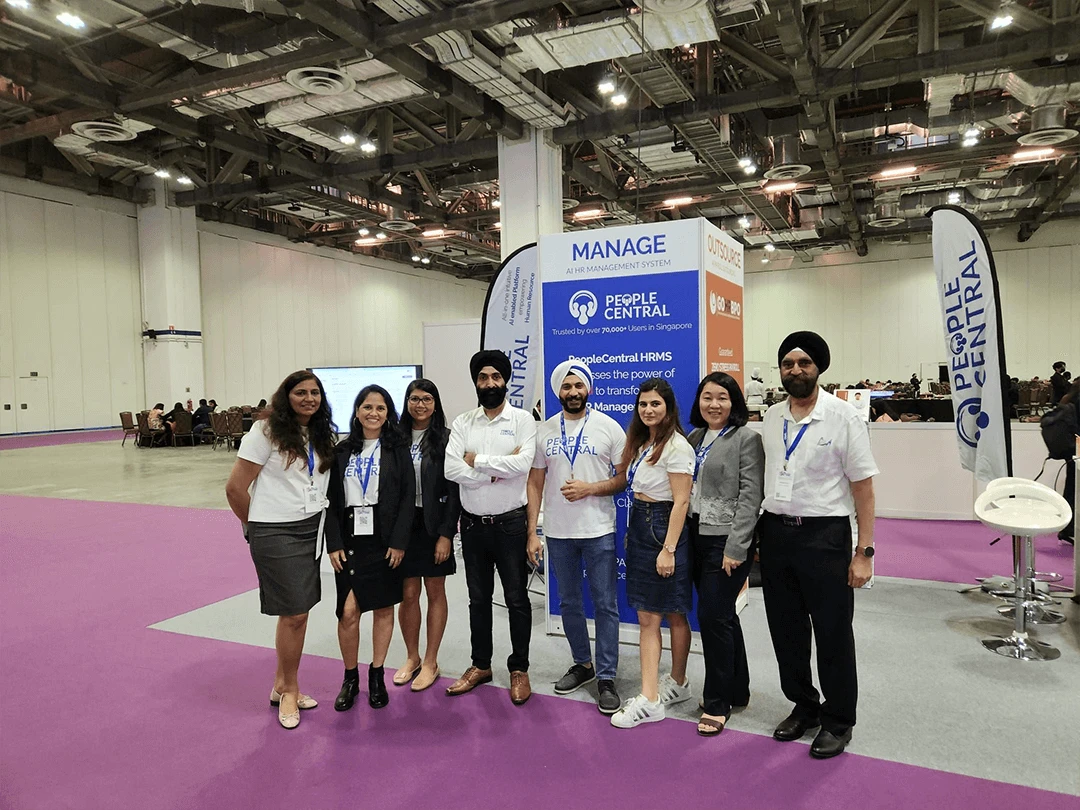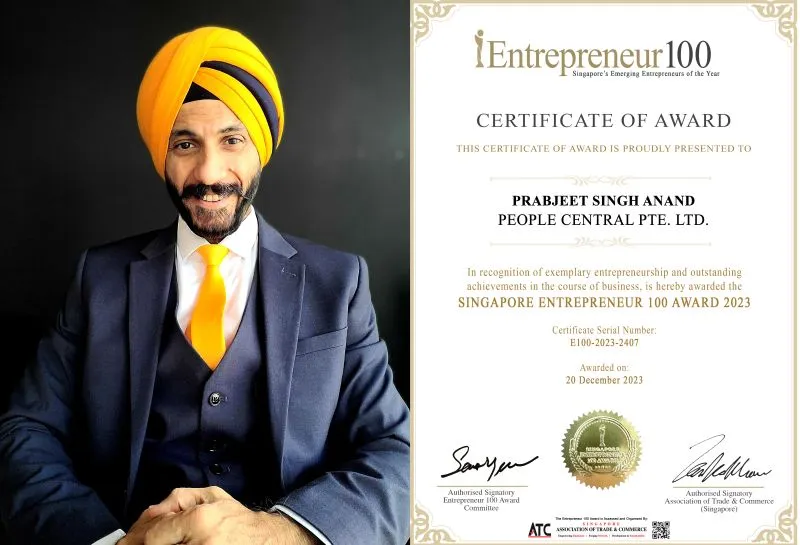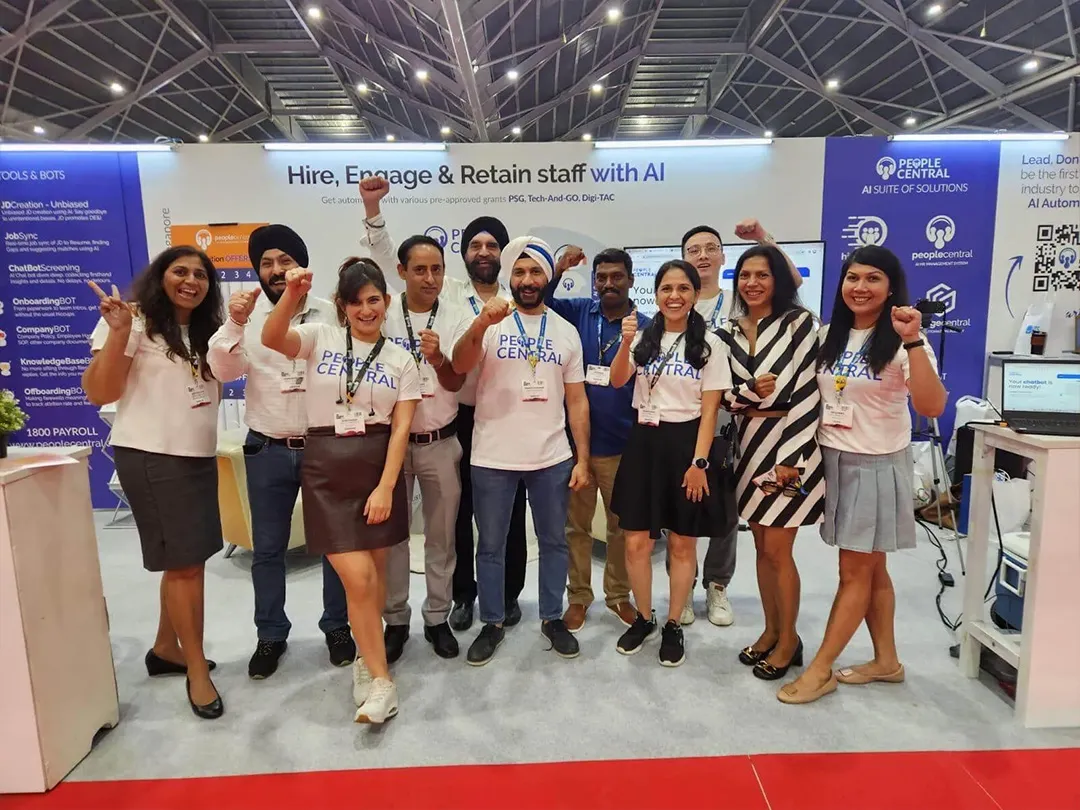Maintaining its competitive nature entails that digital transformation takes center stage in Singapore’s upscale business climate. Workflow automation is one of those technologies causing waves in several industries, especially in Human Resource Management Systems (HRMS). But what exactly is it? How can it come in handy for your business? Let’s dig deeper!
Understanding Workflow Automation
Workflow automation is akin to having a digital personal assistant toiling in the shadows of your business, to deal with the repetitive nature of tasks. Specifically, for HRMS, it resembles one member of staff sitting invisibly at your desk, who works unceasingly and handles everything from leave applications to expense claims, with an inhuman consistency.
According to a recent study published by McKinsey & Company, potentially up to 45% of paid tasks presented in different sectors may be performed in an automated way, resulting in considerable benefit in terms of time and cost. Seeing that labor costs in Singapore are among the highest in Southeast Asia, this means opportunities for businesses.
Also Read: Unlocking the Benefits of Shared Maternity Leave: A Comprehensive Guide
The Role of AI in HRMS Workflow Automation
Modern workflow automation is not just an execution of predetermined rules—it has gotten smart, thanks to AI. According to the National AI Strategy of the Singapore Government, AI is the engine of economic growth and productivity and HRMS happens to be one area where its impact is most visible.
Let’s look at how AI makes automation smarter:
Intelligent Document Processing
Manual reviewing of resumes is over! AI-enabled systems can already analyze, classify, and extract relevant data with remarkable accuracy from documents. The Ministry of Manpower (Singapore) confirms that such technologies could save up to 70% in document processing time.
Predictive Analytics
Based on voice recognition and pattern analysis from data about employees, AI algorithms can predict future trends such as attrition rates, allowing HR teams to make proactive decisions. Predictive analytics may decrease turnover rate by more than 20 percent, according to reports from the Institute for Human Resource Professionals.
Chatbots and Virtual Assistants
AI-powered chatbots handle routine HR queries 24/7, providing instant responses to common questions about leave policies, benefits, or workplace procedures. According to Workforce Singapore, this can reduce HR teams’ workload by up to 30%.
Also Read: Navigating the CDAC Contribution Rate: A Comprehensive Overview
Implementing Workflow Automation in Your Organization
Beginning the great adventure of automation need not overwhelm one. Here below is a realistic approach:
1. Identify all Automation Opportunities.
First, map out your processes as they are currently being executed. Seek out tasks that aerie:
- Repetitive and time-consuming.
- Rule-based and structured.
- High-volume but low in complexity.
- Prone to human error.
2. Select the Correct Tools.
The digital ecosystem in Singapore offers numerous automation solutions. Consider such matters as:
- Integration capabilities with existing systems.
- Scalability and flexibility of the tools.
- Compliance with local regulations.
- Availability of support and training.
3. Start Small and Go Bigger.
Pick one department or one process and run a pilot project. The Singapore Business Federation suggests starting with payroll or leave management systems-the opportunities for quick wins with quantifiable results abound there.
Real Benefits to Singapore Businesses
The effects are measurable with HRMS workflow automation local businesses suggest:
- 40% reduction in processing time per HR task.
- 60% decrease in paperwork.
- 25% boost to employee satisfaction.
- 35% reduction in errors concerning compliance.

According to Enterprise Singapore, those businesses implementing a workflow automation program report an average ROI range of 12-18 months.
Future Direction
As Singapore embraces the promising national program of Smart Nation, workflow automation will become ever more sophisticated. The integration of AI and machine learning will allow for more complex decision-making abilities, predictive analytics, and personalized employee experiences.
Remember, automation needs not constitute putting human workers out of work but enabling their capabilities while releasing them to strategic value-adding activities. As this future becomes ever more technology-based and the workforce becomes more and more ready for automation, the organizations leveraging such technologies will find themselves all the better equipped for playing well in the digital economy.
A carefully strategized approach to HRMS workflow automation should enable businesses in Singapore to effectively boost efficiency, cut costs, and develop more rewarding workplaces for their employees. The future of work is upon us and it is automated, intelligent, yet more human than ever.

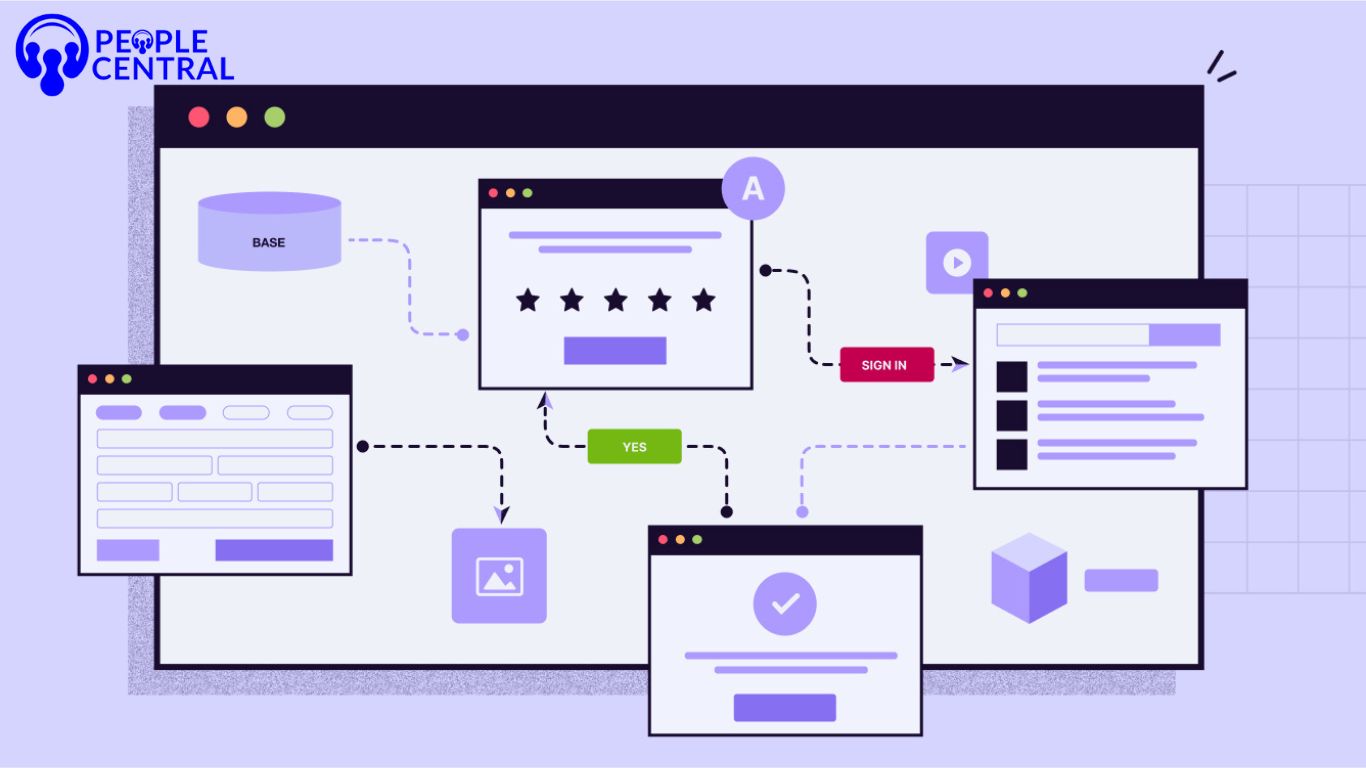




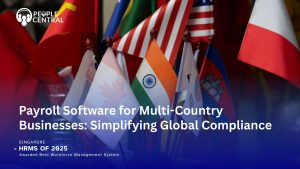

 5
5

















